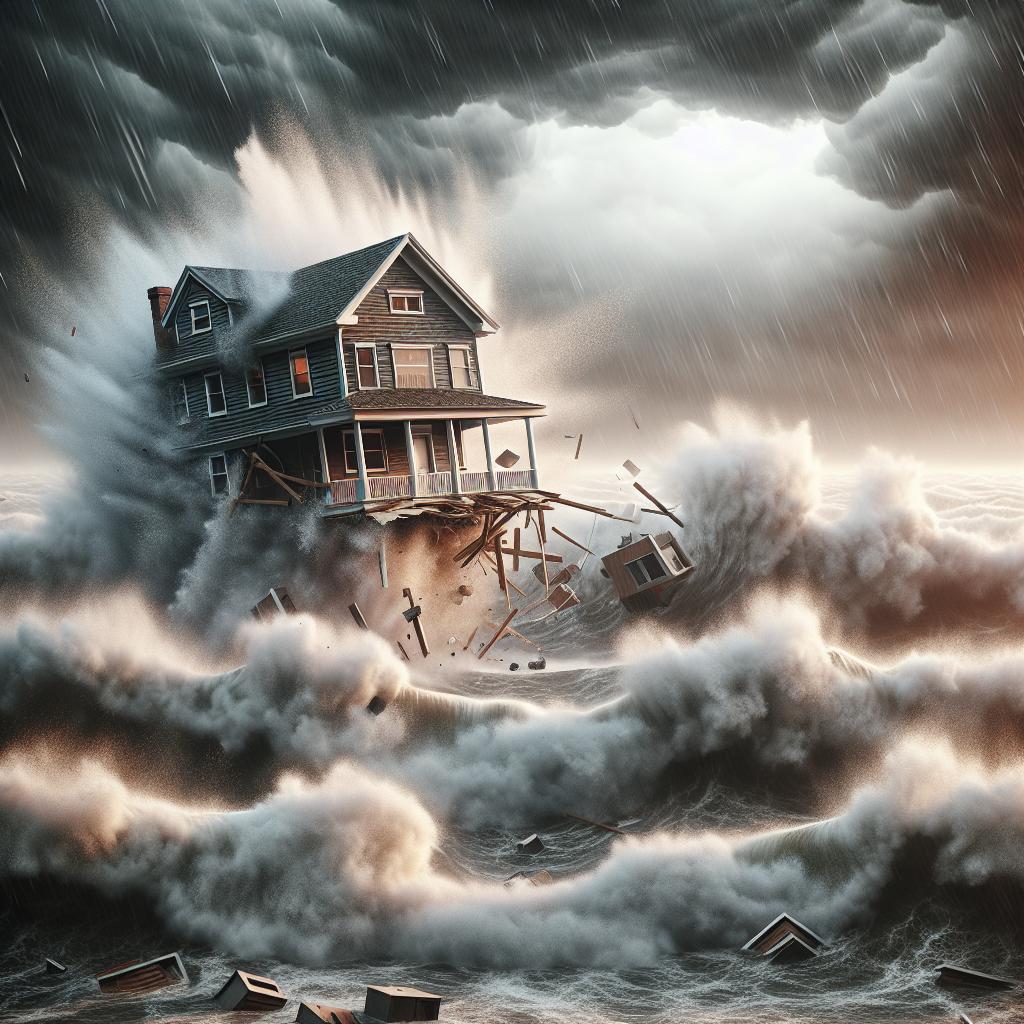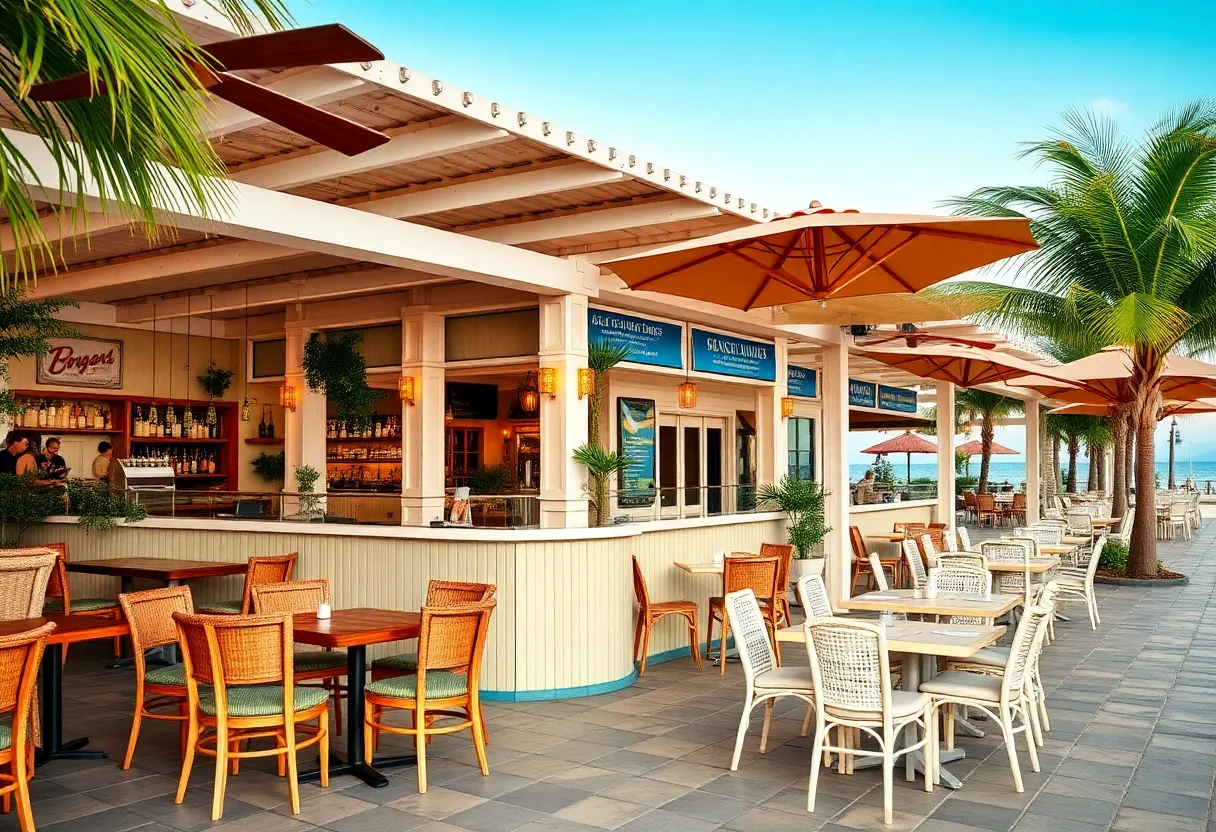Another North Carolina House Collapses Amid Hurricane Waves
Rodanthe Faces Increasing Coastal Erosion
In the small community of Rodanthe, North Carolina, residents were forced to watch as another home slipped into the ocean on Friday. This isn’t an isolated incident; the Outer Banks have witnessed a troubling increase in home collapses due to rising sea levels and powerful storms.
Impact of Hurricane Ernesto
According to weather experts, the destructive waves created by Hurricane Ernesto—which was positioned hundreds of miles away—along with unusually high tides, were key factors in the collapse. Local officials emphasized that the house was already at risk of falling into the sea prior to the storm’s impact.
A Stark Reminder of Climate Change
For the tight-knit community of Rodanthe, which is home to about 200 residents, this incident serves as a harsh reminder of the realities of climate change. Over the past four years, the area has lost seven homes to the relentless encroachment of the ocean. The unoccupied house that crumbled this weekend remains a symbol of the larger issues at play.
Warning for Residents
As the storm continues to batter the East Coast, local officials are warning that more homes could face potential damage or collapse. Despite the house being empty at the time of its fall, residents have already begun noticing signs of damage to nearby structures. As Hurricane Ernesto’s effects spread, dangerous rip currents and high surf are anticipated to persist along the coastline.
Understanding the Threat
According to experts, North Carolina has experienced a sea level rise of approximately half a foot since the year 2000. Projections indicate an additional increase of up to one foot by the year 2050. These environmental shifts are making coastal living increasingly risky and prompting vital discussions among residents and officials alike.
The Future of Coastal Communities
The struggle against nature is becoming a growing concern in coastal towns like Rodanthe. With climate change influencing weather patterns, home collapses may become a more common occurrence. This situation raises questions about the sustainability of coastal living and what steps communities can take to mitigate risks.






